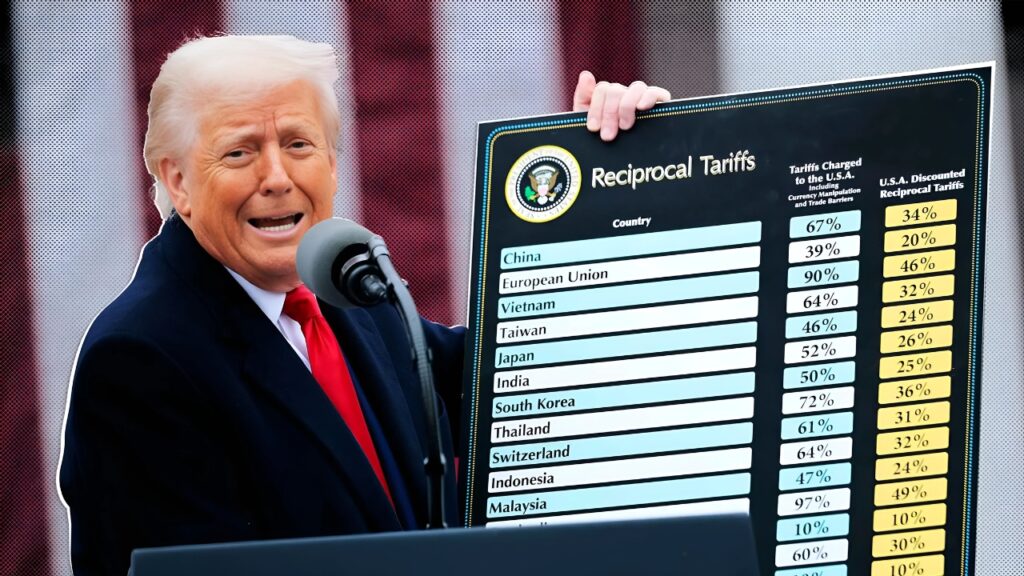
When former President Donald Trump uses imaginary numbers in his rallies and speeches, they often grab headlines for being eye-catching—or outright impossible. Let’s break down the phenomenon of Trump’s use of statistics and numbers, why they matter, and what regular people should know when hearing “facts” from the podium.
The Pattern of Exaggeration
How Many False or Misleading Claims?
The Washington Post’s fact-checkers documented over 30,573 false or misleading claims during Trump’s presidency. That’s an average of 21 per day—from campaign rallies to tweets and interviews. Experts say this is a record-setting pace for a U.S. politician and shows a deliberate use of numbers to bolster arguments, even if the facts don’t add up.
Most Common Themes in Misleading Statistics
1. The Economy
Trump frequently claims he built “the greatest economy in U.S. history.” However, when experts analyze economic growth under other presidents—like Eisenhower, Johnson, and Clinton—they find higher GDP increases during their terms. Trump’s tax cuts, for example, represented around 1% of total GDP, while Reagan’s in the 1980s accounted for nearly 3%.
2. Election Fraud
Some of Trump’s most repeated statistics involve election fraud. Despite repeated claims of “millions of illegal votes” and a “rigged” system, there is no substantiated evidence for widespread fraud in the 2020 election or any prior elections. These falsehoods have had far-reaching consequences, including fueling major political unrest.
3. Crime and Immigration
Trump often cites large numbers around crime committed by migrants or detention statistics, but investigations have shown that such claims are greatly exaggerated or fabricated. For example, he has stated that “13,099 murderers” entered the U.S. during the Biden administration, a number that actually includes data covering multiple years and categories, not just recent border crossers or migrants.
4. Gas and Food Prices
One recurring claim is that gas cost “$1.99” during his presidency and has since soared due to new policies. Historical data shows that national averages were rarely that low except during a global lull caused by the pandemic, making the claim misleading at best.
Why Does This Matter?
These exaggerated numbers influence public opinion. When people hear a bold statistic repeatedly—even if incorrect—it can shape their beliefs and actions. Studies have shown that the repetition of such claims increases belief among supporters, fueling polarization and confusion.
What Can You Do?
Always check the source when a politician cites a surprising number.
Fact-check using reputable, nonpartisan outlets.
Be aware of the “illusory truth effect”—the more you hear a claim, true or not, the more believable it may seem.
Examples of Trump’s Use of Numbers
| Claimed Statistic | Reality |
|---|---|
| Gas prices at “$1.99” nationwide | Brief, pandemic-caused lows—not the national average for most of his term. |
| “13,099 murderers entered under Biden” | Number covers multiple years and categories, not just recent entrants. |
| Enacted the “largest tax cut” in history | Size relative to GDP: Trump 1%, Reagan nearly 3%. |
| “Millions of illegal votes” cast in 2020 | No credible evidence; multiple audits and courts found no widespread fraud. |
| “Defeated ISIS in four weeks“ | The campaign lasted over two years; claim is not accurate. |
| U.S. had “the greatest economy ever” | Not supported by economic growth comparisons with other U.S. presidents. |
FAQs
Q1: How often did Trump make false or misleading claims?
Fact-checkers recorded an average of 21 every day during his presidency.
Q2: Why are repeated claims so effective?
Studies show that repetition makes even false statements sound more believable over time.
Q3: Did Trump’s claims about election fraud have any supporting evidence?
No significant evidence was found by courts or bipartisan investigations.
New Trump Law Adds $250 Travel Fee for Some Visitors — Full Details Inside